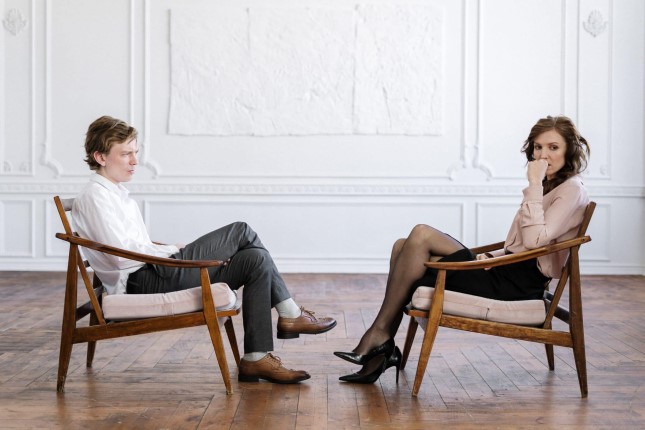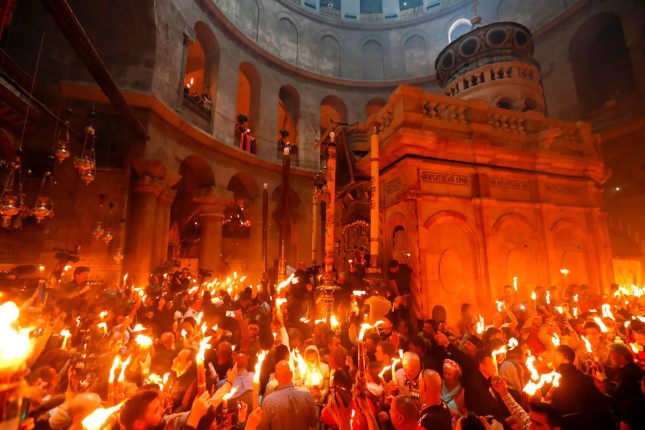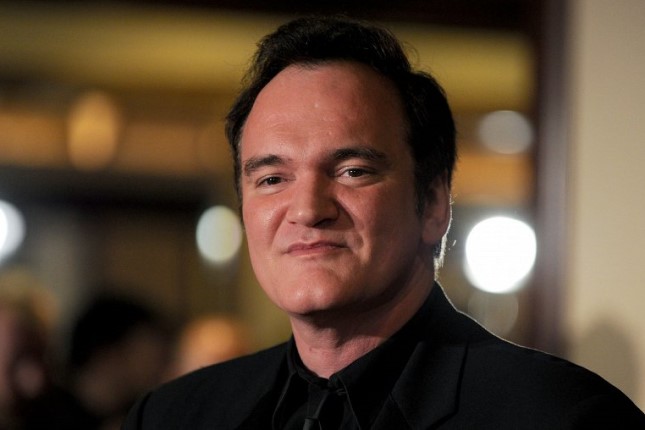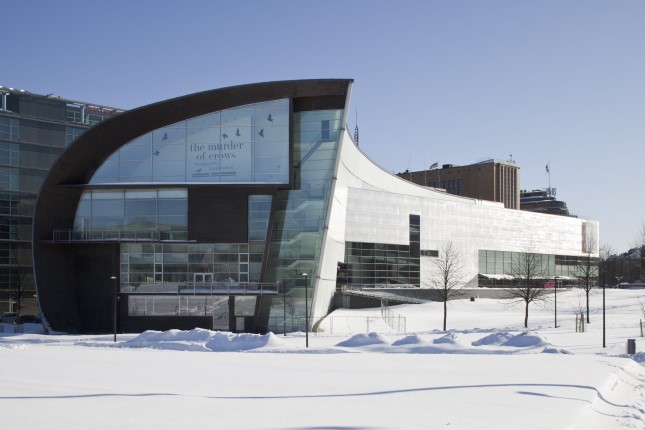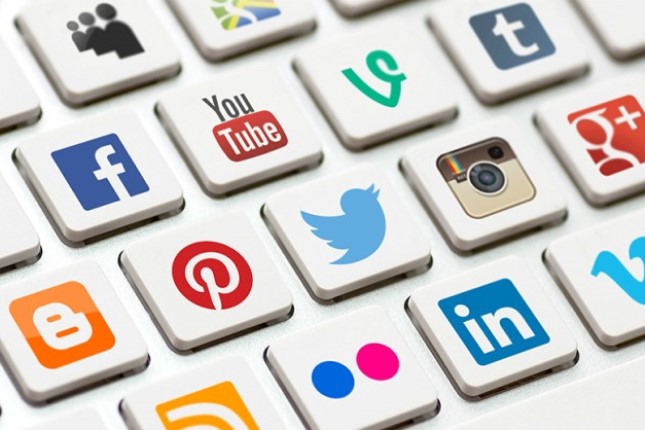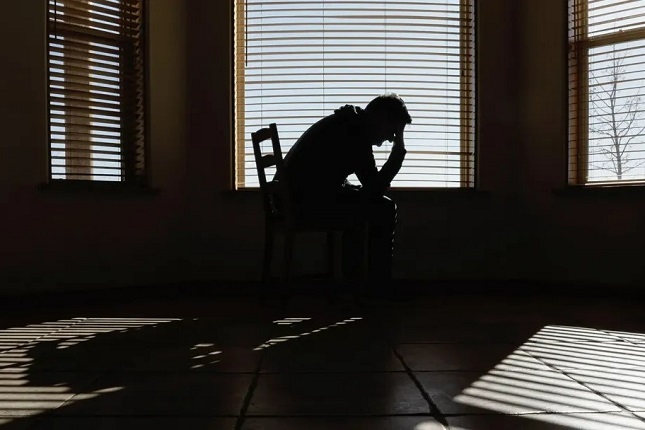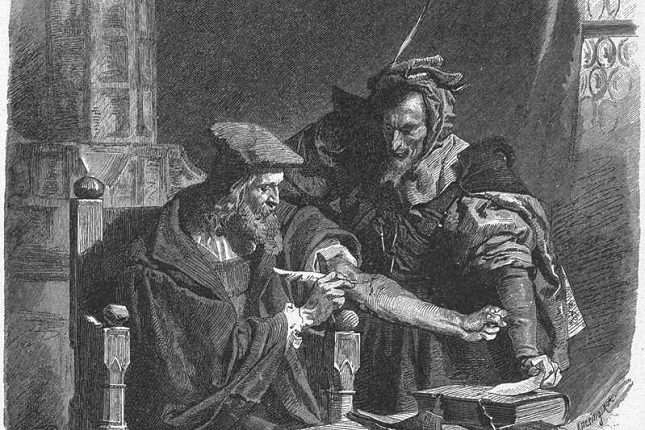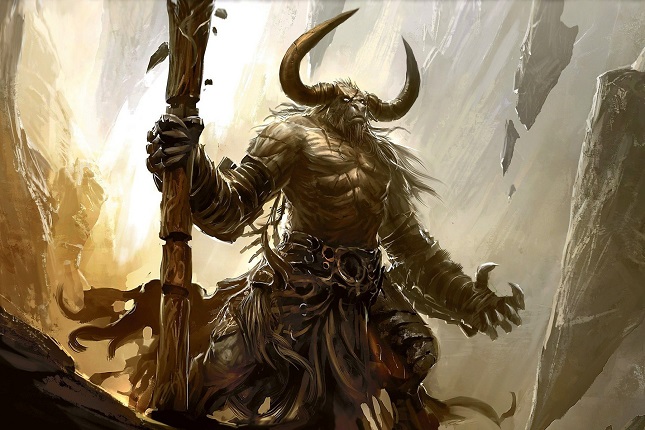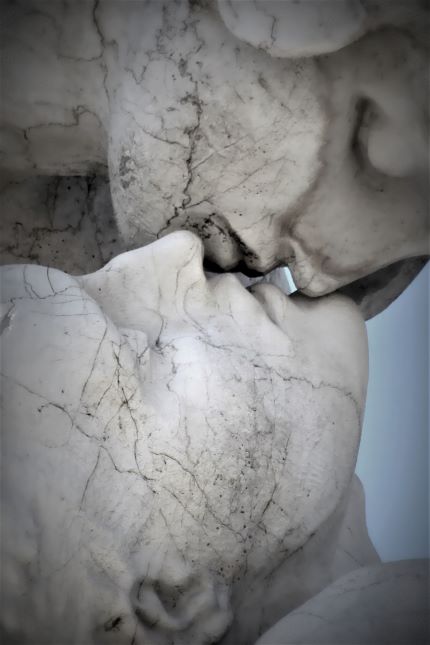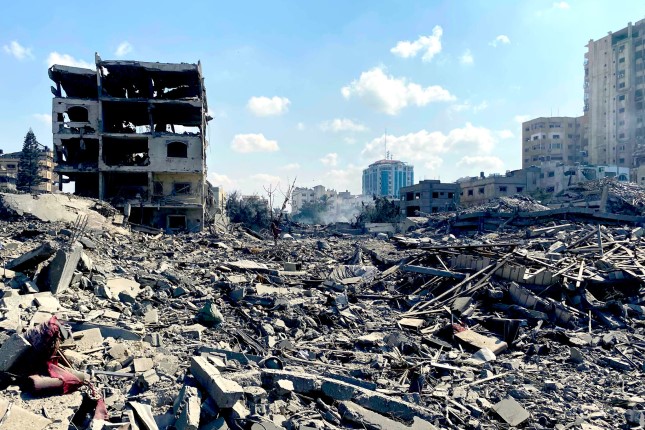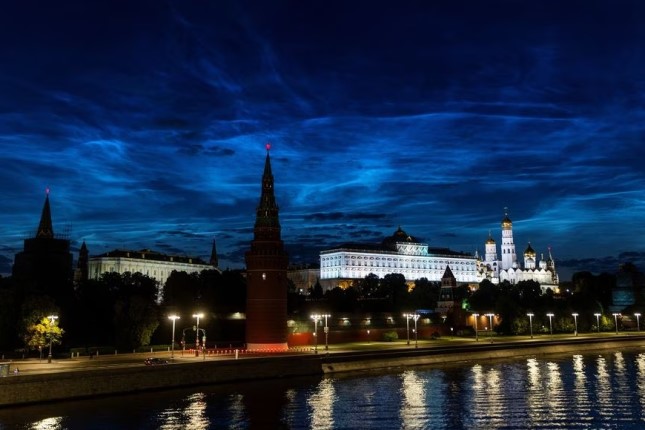Contemporary Western culture might appear strange to an outsider at first, with its complicated and ever-changing rules of political correctness, ardent support of minorities coupled with often dubious policies of positive discrimination, incredible sensitivity to gender issues and equality, rewritten histories, and reshaped classical canons of art and literature.
We have become so obsessed with the idea of not hurting anyone’s feelings and protecting the suppressed and the underprivileged that we are even ready to sacrifice our freedom of speech. The goals may be very noble, but it’s no surprise that more and more people believe that we in the West have gone nuts.
Curiously enough, a considerable share of Western societies’ changes may be linked with the wide spread of psychotherapy (in the form of psychoanalysis) and its increasing influence on culture and social interactions in general, which American sociologist Philip Rieff aptly termed “the rise of therapeutic culture.”
It’s been about 130 years since the birth of psychoanalysis in 1890. This theory of the hidden mechanisms of human psychology developed by Sigmund Freud swept the Western world fairly quickly and not only began to dominate the realms of psychology and psychiatry, but also had a huge impact on the culture of the 20th century.
Psychoanalysis was first embraced by eccentric European bohemians—avant-garde artists, surrealist poets, actors and dancers—but soon migrated to America, where it came into the mainstream and influenced popular culture as well, including through Hollywood.
Freud's revolution was based on a very simple and fresh idea: he suggested listening carefully to the delirium of hysterics. Analysing such discourse revealed to him that it contained indications of desires that could not be realized within the repressive mechanisms of society. He called this layer of repressed desires the unconscious and summarized that much of human activity is determined not by reason but by unconscious drives.
And not surprisingly, in this respect, his first patients were children with neurotic and hysterical symptoms, and women—two vulnerable categories who at that time could not speak for themselves in the face of society and whose political rights were restricted (the last European country to grant women voting rights was Liechtenstein in 1984).
So, from the very beginning, psychoanalysis was a practice of giving attention to the speech of the oppressed. Over time, this idea has flown off the psychoanalyst’s couch, undergone various transformations, and crossed the boundaries of multiple disciplines, influencing philosophy, anthropology, and other humanities.
This spread of the Freudian approach in the West especially intensified after World War II, when some who had survived the brutal and almost unbearable experience of violence began to reflect upon it and to practice psychoanalysis with various followers of Freud, including Carl Jung, his friend, colleague, and eventual opponent.
In this respect, Jung's development and extension of the Freudian concept to the idea of the collective unconscious seemed to be a good tool for analysing historical events. The experience of a person involved in the mass escalation of violence could be viewed not so much in terms of his personal trauma, as Freud had earlier suggested, but rather in terms of a collective trauma, or historical trauma, which could be transmitted from one generation to the next.
Among those who placed their stories of Nazi concentration camp survival into the framework of psychoanalytic methodology are the famous psychologist Viktor Frankl, one of the founders of existential therapy, and Dvorah Kutzinsky, who became a follower of Erich Neumann, a famous student of Jung, after her repatriation to Israel.
Nowadays, psychotherapy and its jargon are deeply embedded in everyday life. Popular psychology significantly impacts the language through which we live and understand our lives. We try to be supportive of others, speak about our feelings, and work through our traumas (it is naturally assumed that everyone has some trauma).
Already in his 1966 classic, “The Triumph of the Therapeutic: Uses of Faith After Freud,” Philipp Rieff could observe paradigmatic shifts in the deep structures of custom and belief taking place in the modern West. He interpreted it as a transition from a faith-based to a therapy-based culture, and traced the rise of “psychological man” and the replacement of the shared commitments of traditional religious communities with the quest for individual fulfilment and personal freedom.
Any therapist working with a traumatized person naturally creates a “safe space” in which to discuss complicated and dangerous issues. In this context, many of the recent changes can be seen as a further extension of the “therapeutic” space to the whole of society, making it somewhat similar to the therapist’s office. Indeed, if we start believing that everyone is traumatized in one way or another, why not create “safe spaces” everywhere: at the office, at school, in the army, in the government?
If you accept this reversal of therapist and client roles, then you can accept anything.
But on the other hand, be ready for some serious societal discomfort if you think differently.
